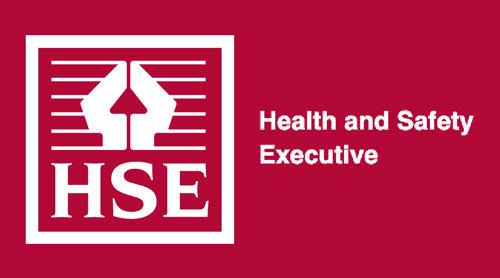Deaths have increased since the pandemic but half of ‘mandatory investigations’ don’t happen, leaving employers and families in the dark
New data published by the Health and Safety Executive (HSE – 6 July) has revealed 135 people died in 2022/23 due to work-related fatalities. There was a distinct drop in deaths at work during the pandemic at 123 the year before, but since the economy has re-opened, the figures have generally returned to their pre-coronavirus levels and remain stubbornly high. Yet the HSE doesn’t know why in at least half of all cases, and isn’t giving employers enough information to prevent these tragedies happening again.
Worryingly, more employers are likely to go unpunished after a workplace fatality given the drop in funding and under-staffing at the HSE. The Prospect union has found the number of ‘mandatory investigations’ which are supposed to take place after a fatality or serious injury which were abandoned or did not take place, now stands at a staggering 389 in the last year, up from just two mandatory investigations that were dropped less than five years ago.
HSE’s funding is currently 43% below what it was in 2010. Back then, the HSE received £228m, in 2019, just £126m. In the last year it increased to £185m, however the lack of investment has seen a decrease in staffing. In 2003, the HSE had 4,200 staff, which has now nearly halved to 2,400 in 2022.
This reduction in funding and human resources is not as a result of a drop in accidents or deaths. New data released by the HSE has shown that since 2012, at least 22,828 lives have been lost in the UK due to cancer caused by exposure to asbestos. The figures only go up to 2021, not even a decade. In that year, 2,268 people died from cancer due to past exposure to asbestos. The deaths from Mesothelioma in 2021 are on top of 2,570 deaths from the disease in 2020, and an average of 2,520 deaths per year since 2012.
Asbestos was banned in 1999, but there are still many buildings including workplaces where asbestos is present. If this is the case, regulations require asbestos to be properly managed and dealt with to prevent exposure and reduce harm.
But information on the 135 people who died at work in the last year is still not enough to understand what went wrong in those situations, and where employers need to address safety concerns. We do know that a quarter of those people were aged over 60, despite those workers only making up 11% of the workforce. This suggests the possibility of procedures that weren’t followed, or older workers possibly being more susceptible to accidents, but we don’t know at the HSE doesn’t explain the deaths.
We do know that the most common kinds of fatal accidents to workers continue as falls from a height, struck by moving, including flying/falling, object, and struck by moving vehicle, between them accounting for around two-thirds of fatal injuries to workers in 2022/23.
Construction remained the most dangerous industry for fatalities with 45 deaths, followed by agriculture, forestry and fishing with 21 deaths. In the manufacturing industry 15 people were killed. Wholesale, retail, motor repair and accommodation and food also had 15 deaths, along with 15 people killed who worked in transport and storage. Six people died in admin and support services. Waste and recycling also saw six people killed, and another 12 people died in other industries.
In addition to the deaths of employees, 68 members of the public were also killed in work-related accidents last year. However these deaths are not detailed by the HSE in their report and we don’t know what happened.
Possibly due to the HSE having ‘shrunk below the critical mass to be an effective regulator’ according to Prospect, any additional data on workplace fatalities is not published by the HSE. It is not known how many investigations were triggered or conducted, or how many were abandoned due to ‘inadequate resources.’
In the previous year, around half of the 800 incidents which triggered a mandatory investigation were dropped because all reasonable precautions had already been taken, while half were dropped due to insufficient resources, according to Prospect. This lack of data is clearly reflected in the HSE’s fatalities reports, which doesn’t give workplaces the tools or information they need to understand risk and take appropriate action to prevent any more deaths at work.
This lack of resources to investigate deaths at work causes real pain for families already suffering from the tragic loss of a loved one. In April this year, Steve Joffrey went to work in central London, but died after being trapped under machinery. The ‘always smiling, always laughing’ 51-year-old dad of two died from ‘cardiac arrest’ but this information only came to the family from the coroner about the cause of death. Friends of Steve told The Mirror: “we haven’t been given the details still, no one’s contacted the family still.”
The only information Steve’s widow Andrea received was a phone call a week later from Steve’s employer SAS Ltd, telling her they didn’t know what had happened and they weren’t allowed to talk to her anymore.
We don’t know if Steve’s death is one of the mandatory investigations that has been dropped by the HSE because of lack of resources or not, but the family continues to suffer due to a near total lack of information or transparency from either Steve’s employer, or the HSE as the regulator.
Angela Raynor, the shadow secretary for the future of work, has suggested increased enforcement and possibly even new legal protections to protect people at work after the next election. Perhaps then the HSE will at least be able to fully investigate all fatalities at work, and provide support both to employers and families to make sure everything is done to prevent these tragedies happening again.













